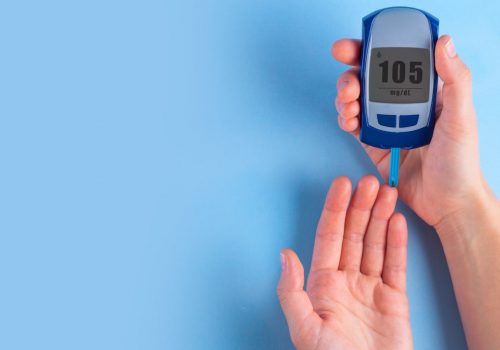Is running better than walking for belly fat? Fitness expert reveals what may be better

Both walking and running are great for weight loss, but is one better than the other? A fitness expert explains which one you should choose for belly fat reduction.
When it comes to burning belly fat, most people are confused between two of the simplest cardio workouts: running and walking. Both are effective ways to improve heart health, stamina, and overall fitness, but they differ in how quickly they help you lose fat. Running is generally more efficient for fat loss, as it burns nearly double the calories of walking in the same amount of time and continues torching calories even after you stop. Fitness expert Yash Aggarwal explains that while both are beneficial, running holds an edge when the goal is to lose belly fat faster, thanks to its intensity, calorie burn, and the powerful afterburn effect it creates.
Running for belly fat: How does running increase fat burn?
Running is a high-impact, high-intensity workout that pushes your body to use more energy in less time. Studies, including one published in the Journal of Strength and Conditioning Research, show that running for belly fat can burn up to twice as many calories as walking for the same duration. This happens because running elevates your heart rate more sharply, forcing your body to use stored fat as fuel. Yash Aggarwal explains that the consistent calorie deficit created through regular running helps regulate appetite and speeds up fat metabolism, especially in the abdominal area, which is often the toughest to target. This can help with overall weight loss.
Running for belly fat: What is the afterburn effect?
One of the biggest advantages of running is the “afterburn effect”, scientifically known as excess post-exercise oxygen consumption (EPOC). After a high-intensity workout like running, your body continues burning calories at an elevated rate for several hours as it restores oxygen levels and repairs muscles. This means even after you have stopped running, your body is still burning calories. It’s a benefit that walking does not offer to the same extent. This makes running a particularly efficient way to shed stubborn belly fat and achieve quicker results from your fitness routine.
Running for belly fat: Are there any side effects of running?
Despite its benefits for belly fat loss, running is not suitable for everyone. Being a high-impact exercise, it places considerable strain on the knees, ankles, and hips. According to Yash Aggarwal, beginners, older adults, or those with joint issues should approach running gradually. Proper warm-ups, good footwear, and post-run stretches are essential to prevent injuries. If running feels too intense, brisk walking or a walk-run combination can be a safe alternative to burn calorie over time.

Beyond fat loss, how does running benefit the body?
Running for belly fat does not just help you lose fat but it builds endurance, strengthens muscles, and improves cardiovascular fitness. Research published in the Journal of Physiological Anthropology found that regular runners have a lower risk of obesity and lifestyle-related diseases. The physical and mental health benefits of running, from reduced stress to better sleep, make it a holistic exercise for long-term well-being.
Which exercise is better for rapid belly fat reduction?
Both walking and running improve heart health, stamina, and fat metabolism, as highlighted by the American Society for Preventive Cardiology. However, if quick belly fat reduction is your goal, running for belly fat takes the lead. Its higher intensity, calorie burn, and afterburn effect make it a faster, more efficient way to slim down. But remember, consistency matters most. Whether you choose to run, walk, or mix both, staying active regularly is what truly helps you achieve fitness results.
Related FAQs
How much should I run or walk daily to lose belly fat?
Aim for at least 150 minutes of moderate walking or 75 minutes of running per week, as recommended by health experts. Consistency matters more than intensity.
Is running better than walking for beginners?
Not necessarily. Beginners should start with walking or a walk-run mix to build stamina and avoid joint strain before progressing to longer runs.
What is the best time to run or walk for fat loss?
Morning workouts may slightly boost fat burn, but the best time is when you can stay consistent—morning, afternoon, or evening.
Does running increase appetite and make you eat more?
Not right away. Intense running can actually suppress hunger temporarily by lowering appetite hormones. You might feel hungrier later as your body recovers, but overall, calorie balance matters most—burn more than you eat to lose fat.








Leave a Reply